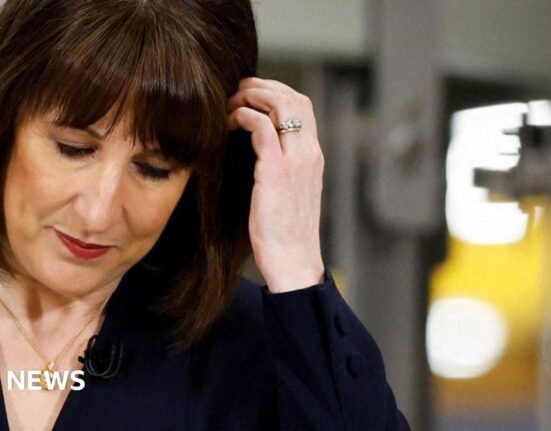As the liquidity in the banking system remains in the deficit of around Rs 2 lakh crore, the spread between government bonds and corporate bonds has widened to 50 basis points from 25 basis points. This has raised the cost of raising funds for banks and other financial institutions in the debt market, experts said.
Especially, banks and non-banking financial companies (NBFCs) with lower credit ratings have been asked to pay higher premiums compared to ‘AA’ and above-rated financial companies.
Experts also attribute the widening gap between government and corporate bond yields to the continuous supply of corporate bonds. Usually, long-term investors like insurance companies and provident funds increase their corporate bond purchases in December and January. However, heightened currency market volatility due to uncertainties in US policies and rising domestic yields led to a decline in corporate bond issuances in January. As a result, issuers have been actively tapping the market despite facing higher premiums, experts said.
“January month was a bad month for the market because yields were extremely volatile because of US elections and new tariff policies due to which January was a dull month. And now everybody is tapping the market irrespective of yields going up, people have queued up already, further widening the spread. Consequently, they(financial institutions) are not able to borrow the entire issue size,” said Venkatakrishnan Srinivasan, founder of Rockfort Fincap.
He added that there are expectations of other bank issuers to tap the market aggressively. Bank of India, Punjab National Bank, and Bank of Maharashtra are coming into the market. Moreover, private players are also expected to tap the market. “There could be one more round of SBI also,” added Srinivasan.
The widening yield gap between corporate bonds and government securities has led to an inversion in the corporate bond curve, with premiums on short-term papers exceeding those on long-term papers, corporate bond traders said.
This scenario has kept yields upwards. First, this inversion has to go away and the curve should move towards normalcy. Moreover, people were expecting that the RBI would come up with more liquidity measures hence this disappointment also led the yields to move upwards,” said a corporate bond trader with a private bank.
Despite tight liquidity conditions and continuous supply, investors are buying these bonds at a premium rate but they anticipate the rate to come down with another rate cut by the RBI, said experts.
The RBI has been conducting fine-tuning repo operations regularly. It has been doing daily variable rate repo auctions in addition to other long-term VRR auctions of 56-day and 49-day. Besides, it has conducted open market operations and a buy/sell swap. Earlier, the OMO purchase was worth around Rs 60,000 crore but on examining the liquidity conditions, the regulator decided to increase the amount to Rs 1 lakh crore.
Experts said that unless the liquidity conditions in the banking system eases, there will be no impact of rate cuts on yields.








